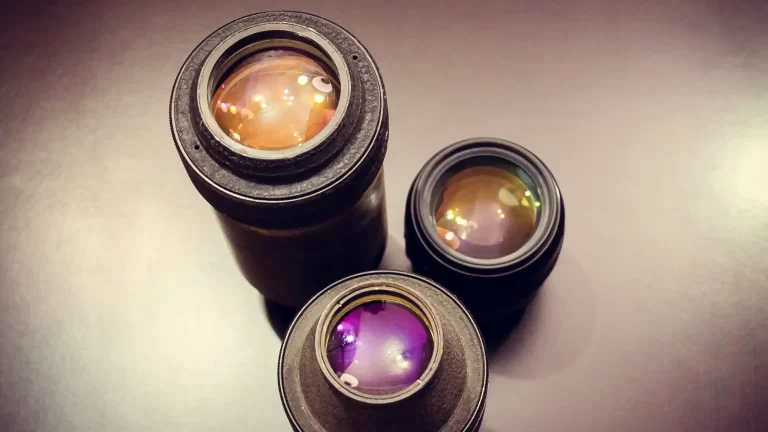The Impact of Quartz Window Quality on CVD Process Performance
Quartz windows are an essential component in chemical vapor deposition (CVD) machines. They serve as the barrier between the reaction chamber and the outside environment and are crucial for controlling the process conditions. However, the quality of the quartz window can significantly impact the CVD process performance. In this article, we’ll discuss the importance of quartz window quality in CVD machines and how it affects the process performance.
What are Quartz Windows?
Quartz windows are thin, flat discs made of high-purity quartz material. They are used in CVD machines to allow optical access to the reaction chamber while providing a barrier between the chamber and the surrounding environment. The window must be transparent to the light wavelengths used for monitoring the process and capable of withstanding the high temperatures and pressures present in the reaction chamber.
Importance of Quartz Window Quality in CVD Machines
The quality of the quartz window can significantly impact the CVD process performance. A high-quality window ensures that the optical signals used for monitoring the process are clear and accurate. In contrast, a low-quality window can cause distortion and signal loss, resulting in inaccurate readings and reduced process control.
Quartz window quality also affects the durability and lifespan of the window. A high-quality window can withstand repeated cycles of high temperatures and pressures without cracking or degrading, while a low-quality window may fail prematurely.
Factors Affecting Quartz Window Quality
Several factors can affect the quality of quartz windows in CVD machines. These include:
- Purity of the Quartz Material: The purity of the quartz material used to manufacture the window is crucial. High-purity quartz material has fewer impurities, resulting in better optical clarity and greater durability.
- Window Thickness: The thickness of the window can affect its optical properties, such as its transmission and reflection properties. A window that is too thick may reduce the transmission of the monitoring light, while a window that is too thin may not be durable enough to withstand the process conditions.
- Surface Quality: The surface quality of the window affects its optical properties, such as its transmission and reflection properties. A window with a rough or uneven surface may cause distortion and signal loss.
- Window Size: The size of the window can affect its durability and resistance to cracking. A larger window may be more susceptible to cracking than a smaller window.
Effects of Low-Quality Quartz Windows on CVD Process Performance
A low-quality quartz window can have several negative effects on the CVD process performance. These include:
- Reduced Process Control: A low-quality window can result in inaccurate readings of the process conditions, leading to reduced process control and lower process efficiency.
- Increased Downtime: A low-quality window may fail prematurely, resulting in increased downtime for repairs and replacement.
- Reduced Yield: A low-quality window can result in process variations and yield losses due to inaccurate process control.
- Increased Costs: The costs associated with frequent replacement of low-quality windows can be significant, resulting in increased process costs.
Choosing High-Quality Quartz Windows for CVD Machines
Choosing high-quality quartz windows is crucial for ensuring optimal CVD process performance. Some of the factors to consider when choosing quartz windows for CVD machines include:
- Purity of the Quartz Material: Choose quartz windows made from high-purity quartz material.
- Window Thickness: Choose a thickness that balances optical properties and durability.
- Surface Quality: Choose a window with a smooth, even surface to minimize distortion and signal loss.
- Window Size: Choose a size that balances durability and resistance to cracking.
- Quality Control: Work with a supplier that has stringent quality control measures in place to ensure consistent and high-quality windows.
Conclusion
Quartz windows are a critical component in CVD machines, and the quality of the window can significantly impact the CVD process performance. A high-quality window ensures accurate process control, increased efficiency, and reduced downtime and costs. When choosing quartz windows for CVD machines, it’s important to consider factors such as purity, thickness, surface quality, window size, and quality control. By choosing high-quality quartz windows, you can ensure optimal CVD process performance and maximize the efficiency and effectiveness of your operations.








